Project managers dream of being able to successfully deliver a project to quality expectations with the sound of the words “on time” and “on budget” ringing sweetly in their ears.
This doesn’t always happen as things change when everything is already underway. Then a project needs an increase in budget or time to be signed off and it’s not the project manager’s fault at all!
There are some things in this life that you can control and some things (unfortunately)that you just can’t! A project might be hit by unpredictable, adverse weather conditions for example and, despite the project manager’s responsible planning, the project goes over budgeted cost and the period allocated.
However, these factors don’t stop project managers from doing everything they can to hit the targets that have been set at the outset. If a project is well overspent you should still put targets and a strategy in place to bring it back to where it should be… or as close as possible!
As a project manager, this is a fair analogy of how I see our current net-zero responsibility and the measures that we all need to consider to successfully deliver this project called economic growth.
According to the World Meteorological Society’s 30 November 2023 report, written to inform the 2024 Cop28 summit in Dubai*, 2023 shattered the last 174 years’ climate records and led to a global trail of devastation and despair.
In a nutshell, the report states that, as of October 2023,
- 2023 was the warmest year on record
- Greenhouse gas levels continued to increase
- Record sea surface temperatures and sea level rise
- Record low Antarctic sea ice
- Carbon dioxide levels are 50 % higher than in the pre-industrial era
In the report, WMO Secretary-General, Prof. Petteri Taalas, called for,
“Leaders to fire the starting gun at COP28… By committing to triple renewables and double energy efficiency; and committing to phase out fossil fuels, with a clear time frame…”
As a result of the scientists’ work, organisations across the world will now be feeling the pressure to do something about a problem which is being felt globally. Cop28 has moved us closer to a place where legislative measures will need to be applied at the governmental level to force businesses to ensure that the job gets done.
Carbon-intensive industries will need to change their processes with all organisations needing to measure and minimise emissions in future, as the UK has now signed the Green Public Procurement Pledge. This commits us to adopt time-bound commitments for the public procurement for near-net Zero steel, cement and concrete.
In essence, we are faced with a global project to transition the global economy to net zero which needs to be managed on a global scale to a global schedule and rolled out at a grassroots level.
At Cop28, our governments went ahead and agreed to treble renewable and double the rate of energy efficiency globally by 2030 as well as recognise the need to transition away from all fossil fuels by 2050.
These decisions were made off the back of some rather alarming statistics, alerting Cop28 of the need to reset the future. What we have is a deadline and a timeframe, but now it’s time to plan, organise, and execute the tasks needed to turn the schedule into a tangible deliverable – net zero.
For a country to declare that its economy is at net zero it will have to cut greenhouse gas emissions to as close to zero as possible, with any remaining emissions re-absorbed from the atmosphere by oceans and forests, for instance. Organisations need to reduce carbon emissions as much as possible and find ways to compensate for the remaining (often unavoidable) emissions.
Much has been done already, of course. Renewable energy capacity grew nearly 10% in 2022, led by solar and wind power. Recycling every day has become second nature to us as a society, at home and work and most people have accepted that caring for the planet is our collective responsibility.
For all organisations, forming a plan towards net zero should be a consideration, as without it, in the future we could, at worst, face legal difficulties and, at the very least, we’ll risk being left behind or attracting the wrong kind of attention to our brand if we do nothing.
So, where do organisations start to plan along these lines and play a part in the global project to achieve net zero by 2050?
The first thing that you need to do is to identify your baseline.
Measure current emissions and identify which areas currently contribute the most to your overall footprint. You can use a carbon footprint calculator to help you – there are many out there! Look at energy use, travel, waste production and supply chain expenditure. Once you’ve determined the company’s baseline, you can then reflect the Cop28 objectives by determining
- When you aim to reach net zero
- When you aim to half your emissions
You can set an “absolute target” which means reducing GHG (Green House Gases) by a set amount, such as reducing the organisation’s total emissions by 10% by 2026.
Alternatively, you can set an “intensity target”, which is a normalised metric relative to economic output (number of employees, revenue etc.) The organisation can then set emissions reduction targets that change with economic growth.
Now, that you have your overall objectives in place it’s time to apply the SMART methodology to achieve them. SMART objectives are:
- Specific (What specific tasks need to be tackled to achieve your overall emissions reduction objectives?)
- Measurable (How will you know when these tasks have been completed succcessfully?)
- Achievable (What resources are available to implement emissions reduction initiatives, now and in the future? Is the goal realistic?)
- Relevant (How do your emissions reduction initiatives sit with your wider business objectives? Can they work together harmoniously?)
- Timely – (What deadlines are you going to apply to each task and who will be responsible for holding your organisation to account on them?In order to remain accountable, you could share your targets with all of your organisation’s stakeholders on your website.)
One of the biggest challenges for project managers is “scope creep” where the original list of deliverables is not adhered to. In order to stick to your original objectives, the best thing to do is to keep them simple! For example, the easiest ways to reduce your emissions might include:
- Switching to carbon-neutral and/or renewable energy suppliers for offices and facilities.
- Carbon-neutral suppliers.
- Reduce waste produced in the office and facilities (for instance, reducing single-use products, and recycling when possible).
- Significantly reducing air and car travel for business purposes.
If you need more practical help to manage projects in your organisation, taking net zero into account, please get in touch with us at Coron and our project managers will be delighted to help.


